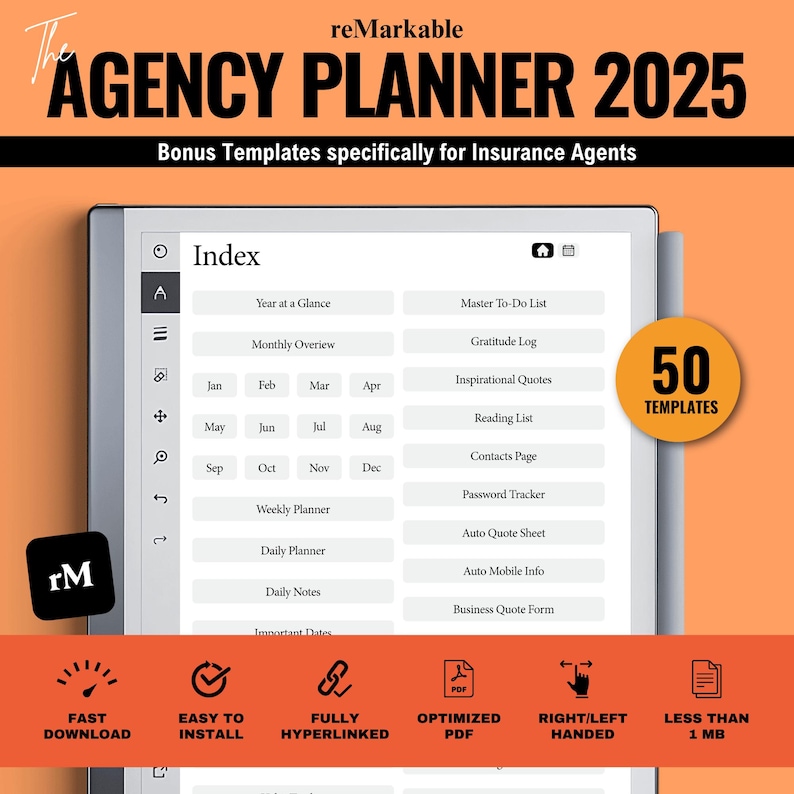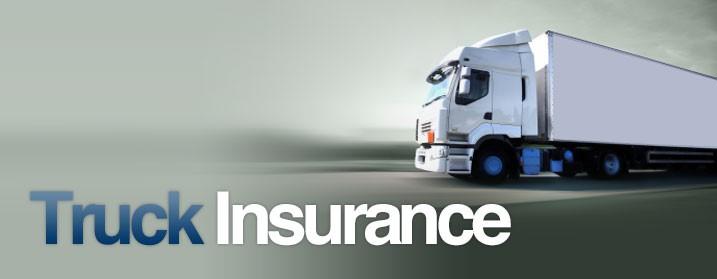When it comes to protecting your business vehicles, understanding the nuances between commercial auto insurance and trucking insurance is essential. While both policies serve to safeguard vehicles used for business purposes, they are tailored to very different types of operations and risks. Whether you’re a small business owner managing company cars or a fleet operator in the trucking industry, knowing the key differences can save you from costly coverage gaps and unexpected liabilities. In this article, we’ll break down the critical distinctions between commercial auto insurance and trucking insurance, helping you make informed decisions to keep your business running smoothly and securely.
Table of Contents
- Understanding Coverage Scope and Vehicle Types in Commercial Auto and Trucking Insurance
- Assessing Liability Risks and Regulatory Requirements for Commercial Vehicles
- Comparing Cost Factors and Premium Influences in Auto Versus Truck Insurance
- Choosing the Right Policy to Match Business Needs and Operational Scale
- Final Thoughts
Understanding Coverage Scope and Vehicle Types in Commercial Auto and Trucking Insurance
When navigating the realms of commercial auto and trucking insurance, it’s essential to recognize that the coverage scope varies significantly based on the vehicle type and its intended use. Commercial auto insurance typically caters to vehicles such as delivery vans, company cars, and light-duty trucks, focusing on protecting against liability, collision, and comprehensive claims tied to business operations. This coverage often extends to vehicles that transport goods or passengers locally, with policies tailored to address risks closely associated with urban or short-haul driving scenarios.
In contrast, trucking insurance is designed for heavy-duty vehicles like semi-trailers, tractor-trailers, and large freight trucks. This insurance form incorporates specialized protections owing to the nature and scale of risks linked to long-haul routes, interstate travel, and the transportation of large or hazardous loads. Coverage scopes in trucking insurance often include cargo insurance, bobtail insurance, and broader liability protection, recognizing the complexity and heightened exposure these vehicles endure. Understanding these distinctions helps businesses select policies that precisely fit the vehicle type and their operational demands.
- Commercial Auto Coverage: Typically for lighter vehicles, addressing local business use and moderate-liability risks.
- Trucking Insurance Coverage: Suited for heavy trucks, encompassing cargo protection and extended liability for long-distance travel.
Assessing Liability Risks and Regulatory Requirements for Commercial Vehicles
When operating commercial vehicles, understanding the scope of liability risks is paramount. These vehicles often carry heavier loads, travel longer distances, and may interact with diverse traffic environments, which inherently increases the probability of accidents or damage claims. Insurers rigorously evaluate risk factors such as vehicle weight, cargo type, driver experience, and maintenance records, all of which directly influence coverage costs and policy terms. Failure to adequately assess these risks can lead to insufficient coverage, leaving businesses vulnerable to costly lawsuits and regulatory penalties.
On the regulatory front, compliance goes beyond state-level motor vehicle laws, often encompassing federal mandates from agencies like the Department of Transportation (DOT) and Federal Motor Carrier Safety Administration (FMCSA). These bodies enforce strict standards regarding vehicle inspections, driver hours, and safety protocols that businesses must adhere to, or risk heavy fines and license suspensions. Additionally, commercial truck operators may need specialized endorsements or certificates to prove compliance, unlike typical commercial auto policies that cover less regulated business vehicles. Understanding these nuanced requirements is essential not only for securing appropriate insurance but also for maintaining operational legality and minimizing potential liabilities.
Comparing Cost Factors and Premium Influences in Auto Versus Truck Insurance
When evaluating insurance for commercial autos versus trucks, cost factors can vary significantly due to the inherent differences in vehicle size, usage, and regulatory requirements. Commercial auto insurance premiums often hinge on elements like the vehicle’s value, mileage, driver experience, and the nature of the goods transported. In contrast, trucking insurance carries additional weight from mandatory coverages such as motor truck cargo insurance and bobtail insurance. The increased liability risks associated with heavier loads and longer hauls naturally elevate the baseline premiums for trucking policies. Moreover, stringent compliance with Department of Transportation (DOT) regulations tends to influence not only the cost but also the structure of trucking insurance packages.
Several variables further distinguish costs and premiums between these types of coverage, including:
- Frequency and conditions of use: Commercial autos are often used for shorter, urban routes, while trucks navigate longer, interstate journeys.
- Risk exposure: Trucks are more susceptible to severe accidents given their size and road presence, impacting premium calculations.
- Claims history and driver safety records, which carry more weight in trucking due to higher stakes involved.
- Type and value of cargo transported, especially hazardous or high-value items, influencing trucking coverage needs.
Understanding these factors is vital for business owners aiming to optimize both coverage and cost-efficiency according to their specific fleet operations.
Choosing the Right Policy to Match Business Needs and Operational Scale
Selecting the appropriate insurance coverage requires a thorough evaluation of your business’s size, fleet composition, and risk exposure. Smaller businesses with a limited number of vehicles may find commercial auto insurance to be a cost-effective solution, as it often covers a broader range of commercial vehicles including vans, cars, and light-duty trucks. On the other hand, businesses operating larger fleets or specialized heavy-duty trucks will need the tailored protections offered by trucking insurance. This policy addresses the unique liabilities that come with hauling freight, such as cargo coverage, bobtail insurance, and physical damage protection specific to trucking operations.
Operational scale also influences policy selection since it impacts risk management strategies and claims frequency. Key considerations include:
- Type and weight of vehicles: Heavier, commercial-grade trucks require more specialized coverage.
- Nature of goods transported: High-value or hazardous cargo demands additional safeguards.
- Geographical operation area: Long haul interstate routes often have different regulatory requirements than local delivery services.
- Driver experience and safety programs: Implementing rigorous safety standards can affect premium rates and coverage options.
Final Thoughts
Understanding the distinctions between commercial auto insurance and trucking insurance is essential for businesses operating on the road. While both types of coverage protect vehicles used for business purposes, the specific risks, regulatory requirements, and coverage needs can vary significantly. Choosing the right policy not only ensures compliance but also safeguards your assets, drivers, and long-term success. By carefully evaluating your fleet’s operations and consulting with experienced insurance professionals, you can secure the most appropriate protection and drive your business forward with confidence.





